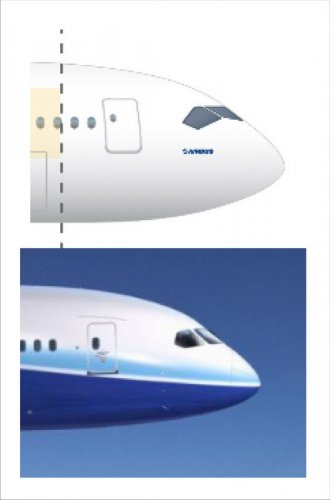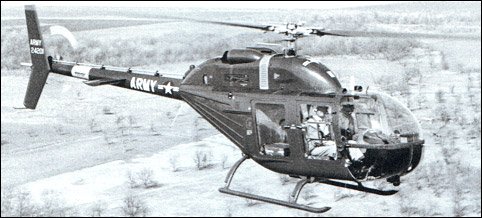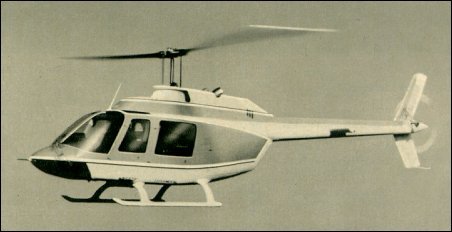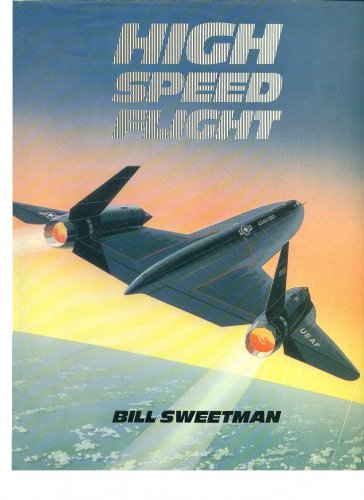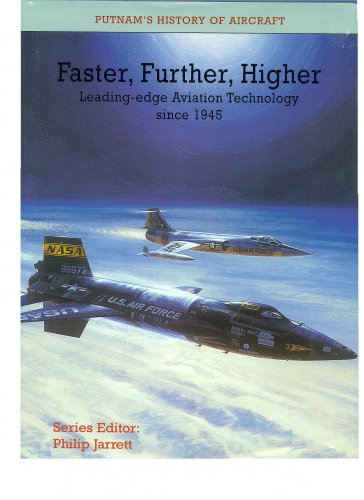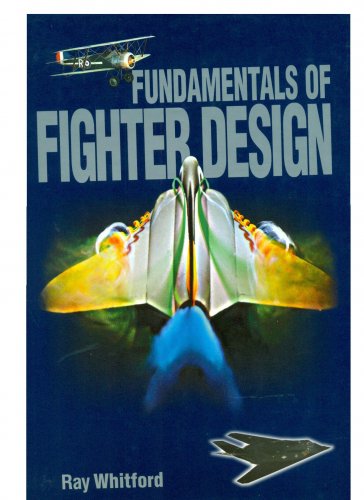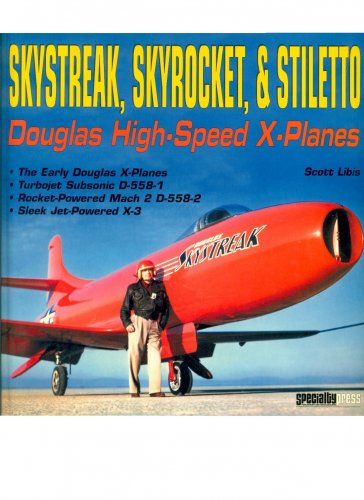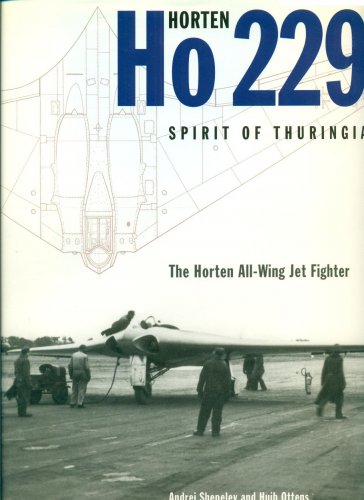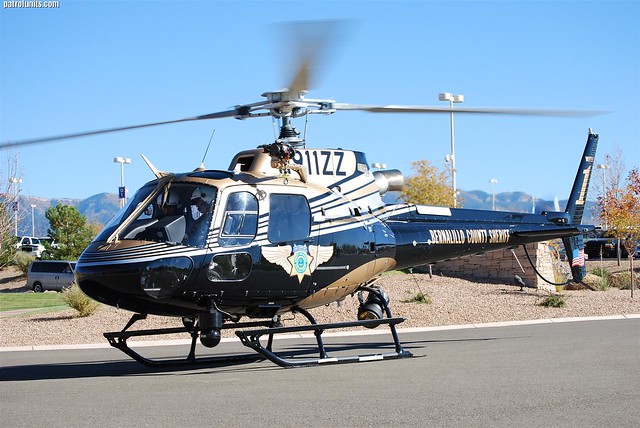I will step out of my cave to comment on this, since it is at the core of what I am doing.
In my opinion, aesthetics is a very important design element for all markets - even military. But it is only one element among others and the type of market drives its position on the list of design elements taken into consideration in the buying process. Obviously, for general aviation its position is not far from the top. Private pilots will never buy an ugly airplane (to their eyes anyway).
For other markets like business jets, airliners and even combat airplanes, it is no longer at the top but it is still on the list somewhere. Obviously when all elements listed above it are nearly equal, aesthetics will clinch the deal so you don't want to overlook it.
Aesthetics also involves several grades: something like timeless and awesome, beautiful, nice, ok, so-so and butt-ugly. When the aircraft is graded at an extreme such as awesome or butt-ugly, it will move its position up by several steps on the design elements list that drives the buying decision. Because or their classical configuration, airliners fall in the middle of aesthetics grades and therefore its importance falls very, very low on the list that drives a buying decision. On the other hand, design requirements (stealth, VTOL, ...) for combat airplanes can lead to new and unusual configurations and it is more frequent to have combat airplanes that turn out awesome or butt-ugly. A case in point is the Boeing X-32 that was so butt-ugly that it became an issue more important than others, and it hurt its chances. You also do not want to hurt the pride of a combat pilot...
Speaking about my own experience, the Diamond D-JET original prototype was considered as deficient on aesthetics, and it definitely would have hurt sales. So I got the job to redesign it, on the condition that its configuration remains unchanged. In the process, I addressed some issues in ergonomics and inlet aerodynamics.
You can see the original on first prototype the left, and the changes applied to the second prototype on the right with a completely reshaped fuselage and engine inlet:
(by the way I picked my nickname Machdiamond many years before getting that job so it is a coincidence)
For the Epic Victory design, my only constraint was branding - it had to have a family look with the Epic LT. But I was free to chose the configuration (top s-duct inlet) which Epic preferred as well anyway.
One of the aircraft I am working on nowadays is a :-X business jet where aesthetics plays a big role because its configuration is unconventional. This is when the designer has the opportunity to be really creative. The exciting part is that it will occur more often in the near future because acoustic constraints makes new configurations compelling, and the latest CFD tools can reduce the risk associated with new configurations to an acceptable level where management will buy into it.
With some new aircraft programs I have been involved with at the conceptual design stage, it was apparent that the designers involved just didn't care much about aesthetics as long as the aircraft looked like what their company did before. If it looks different, they will have to justify it to management, and management will have to justify it to upper management so just forget it. The worst case is when this rule applies to technical elegance as well - I have witnessed this recently.
The key is that aesthetics remains a design language framework for creating a sound technical proposal. When at the conceptual design stage, there are no aerodynamic, manufacturability or weight penalties associated with aesthetics, the original creation will survive the design stages all the way to certification.
-Luc

